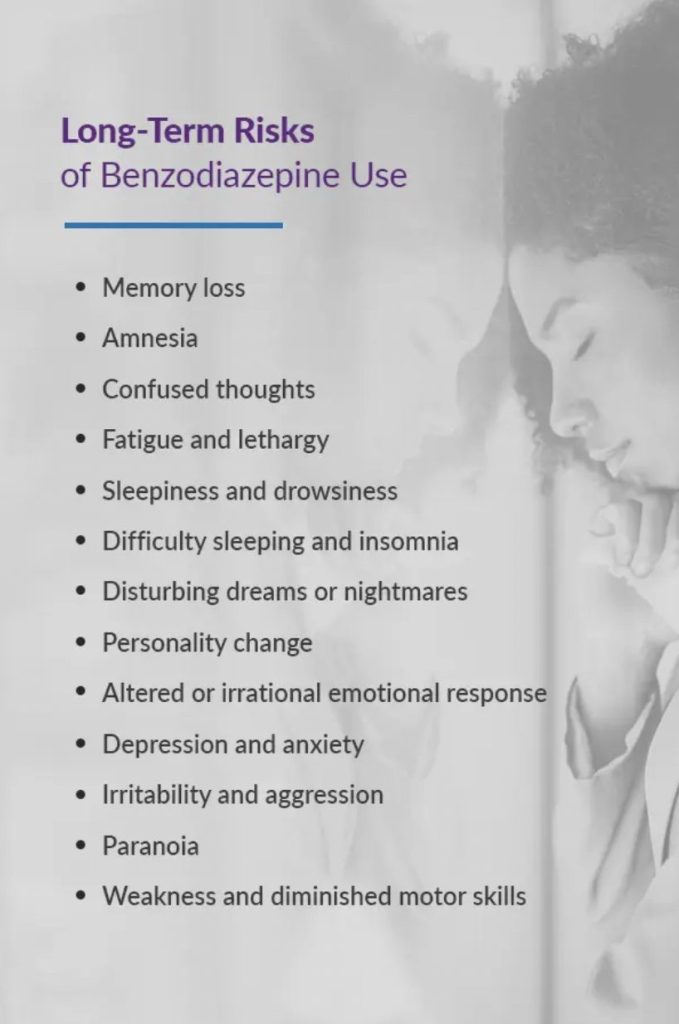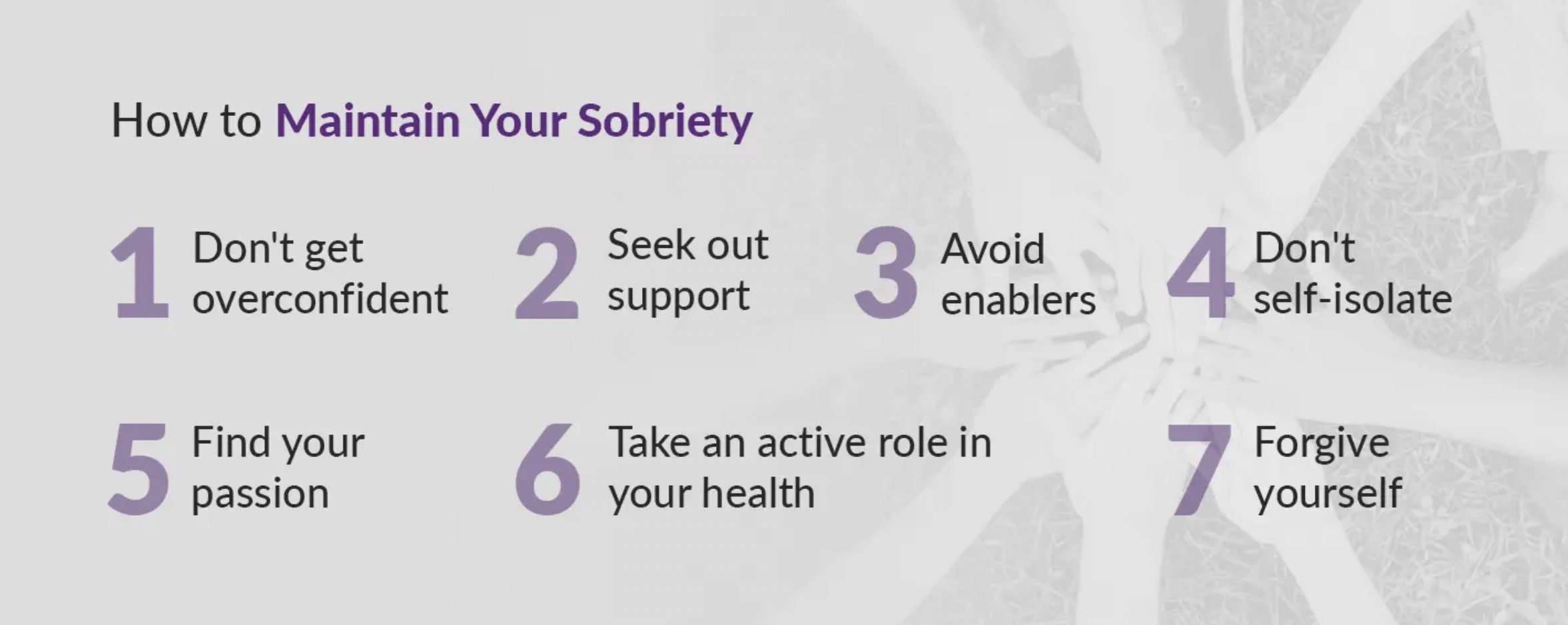When Is It Time for Benzo Rehab?
It might be time to enroll in a benzo rehab program when you or a loved one is showing signs of benzo addiction or a significant level of dependence. Appropriate treatment is the only way to break free from benzodiazepine use.
Some signs of benzo addiction or dependence include:
- Taking greater doses of the drug
- Seeking more of the drug after a prescription has run out
- Doctor shopping
- Prescription forging
- Increasing isolation and social withdrawal
- Failure to fulfill responsibilities at work, school or home
- Loss of interest in hobbies and activities
Even one of these signs can point to benzo addiction, and more signs present translates to a more significant level of dependence. Appropriate treatment is the only way to break free from benzodiazepine use. Diamond House Detox is a top benzo addiction treatment center in California. If you need benzo rehab in California, contact us today.
Verify Your Insurance
How Diamond House Detox Can Help
If you’re looking for a benzo detox center with private rooms near Sacramento, Diamond House is your destination. When you come to Diamond House Detox, we treat you — not as a client, but as a member of our family. We understand how crucial our assistance is in your recovery process. That’s why our overall treatment plan aims to ease withdrawal symptoms, prevent complications and begin addressing abstinence.
We accomplish all these goals in a luxurious benzodiazepine detox treatment facility near Sacramento in the suburb of Elk Grove. We treat our guests with the compassion and privacy they deserve. To ensure you get individualized attention, we welcome only six guests at a time to our benzo detox clinic with private rooms. We’re proud to provide you or your loved one with a comfortable and safe medical environment to wean off of benzodiazepines. We offer same-day placement, day or night, along with a free insurance verification.
Our most uniquely effective amenity is the dining experience. While the fare at your average detox facility may be little better than cafeteria food, we believe healthy, delicious food is an irreplaceable component in healing your mind and body. Chef Bob Birnschein is proud to offer a gourmet seasonal menu full of dishes that will delight and nourish.
In combination with our stellar amenities, the dining experience cements Diamond House as the best benzodiazepine detox center in Northern California.
Contact Us






